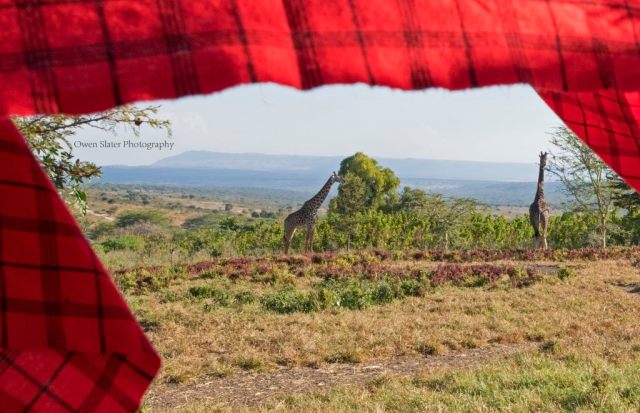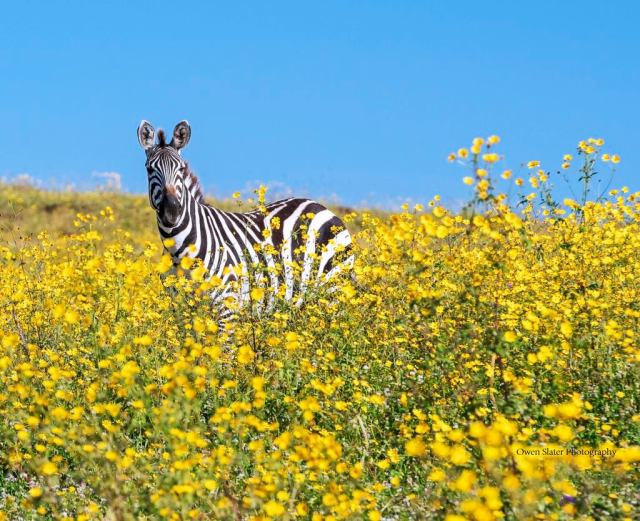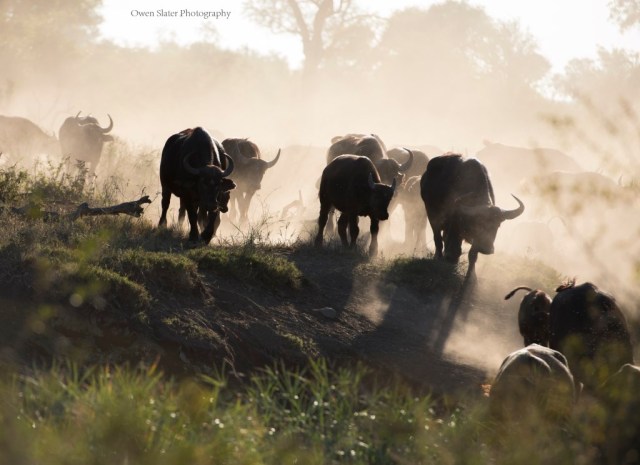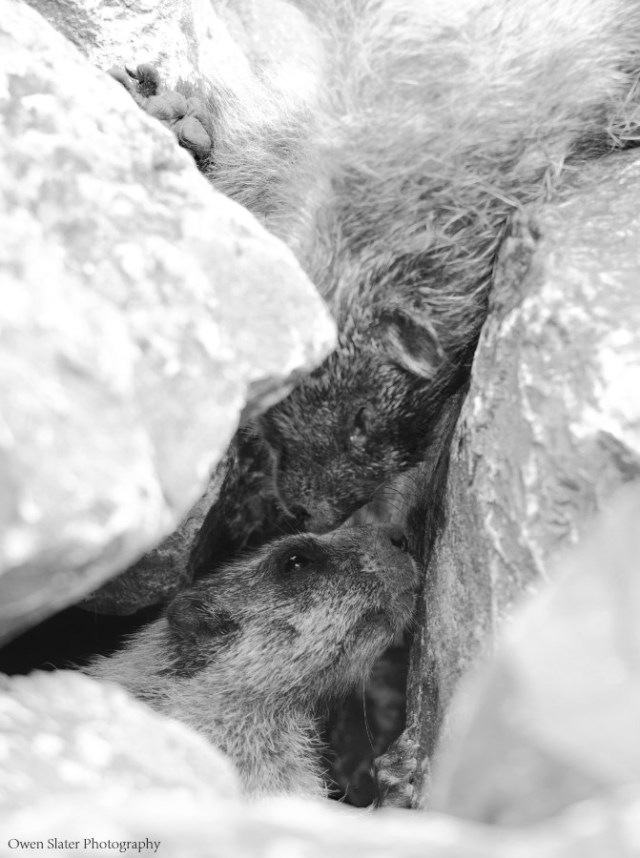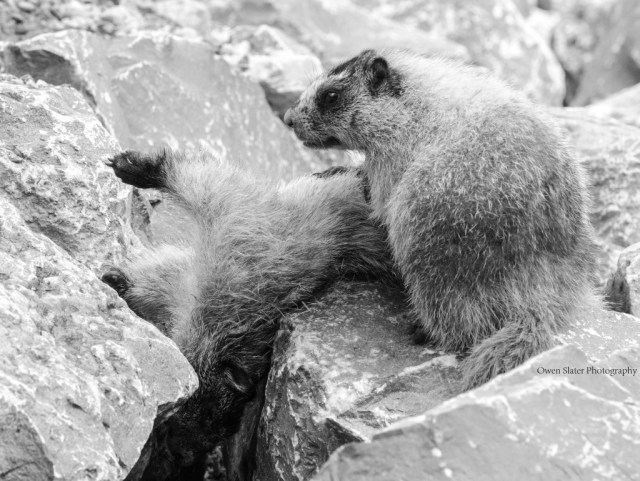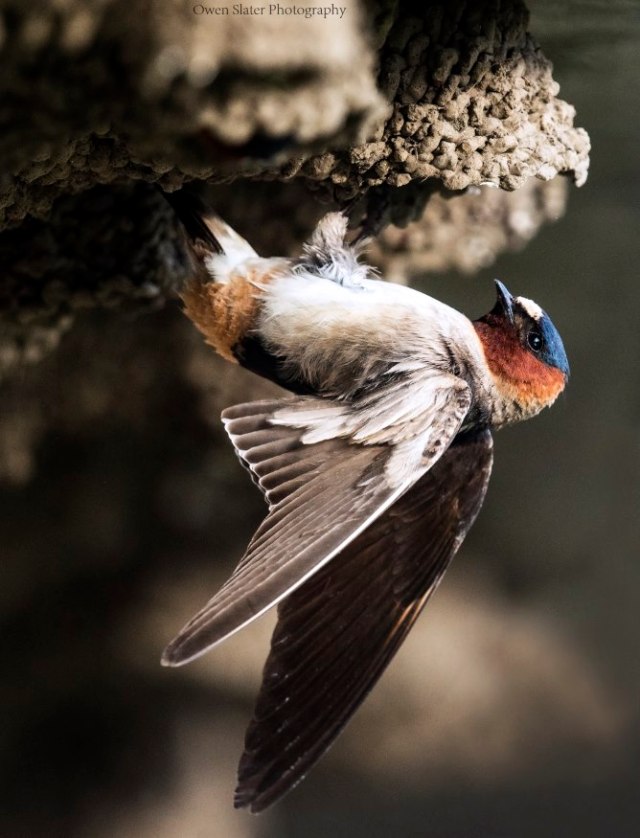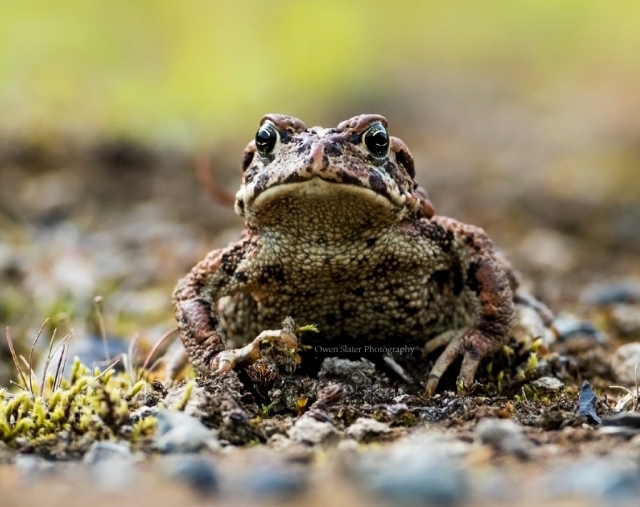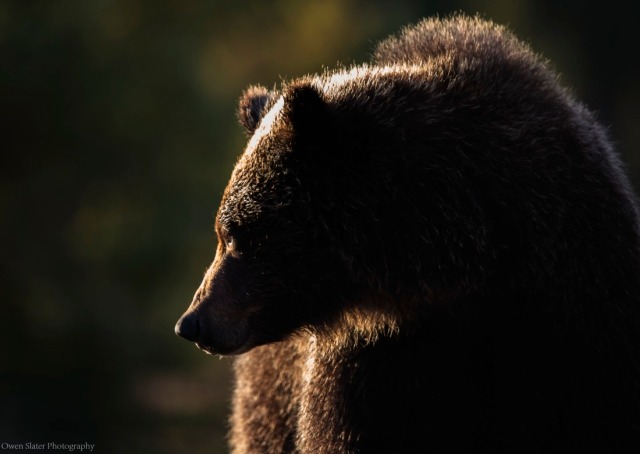2015 was another great polar bear season up in Churchill, Manitoba with Bill Lamberton and Les Stegenga from Classic Canadian Tours! The bears were plentiful, playful and best of all, there were lots of mothers with cubs. Almost all of the bears were in good to great condition, including one massive male that dwarfed the others. Scroll down to see and read just a few of the highlights.
A large male bear comes in close for an amazing, up-close experience. It’s no wonder why they have the title, “Lords of the Arctic.” Their huge roman noses give them a very distinguished look, but more importantly it’s used to detect seals 30km away and through several meters of snow.

A mother and her 10 month old cub walk along the frozen shore of the Hudson Bay. Cubs are typically born in January and will stay with their mothers for 2-3 years, gaining weight and learning the ropes of surviving in such a harsh environment. In an average day we typically saw 3-4 mothers with 1-2 cubs each; a sign that the past few years have been good for the bears.

When the ice on the Hudson Bay melts in July, the bears are forced onto shore and will go 3-4 months without a substantial meal. On average a polar bear will lose 2lbs of fat every day it’s on land and not eating. Couple that with the fact they they use 13 times more energy when they are moving and you can understand why they spend the majority of their summer and fall resting.

As winter nears they start strolling the shores for any snacks that wash up with the large tides.
When the tours start in late October and early November, the weather is getting colder and the snow starts flying. The bears know it’s only a few more weeks until they can get back out onto the ice. It’s also cold enough that they don’t overheat as quickly so they spend more time playing and sparring with each other. This particular male is the largest bear we saw this year and probably weighed around 1200lbs!

With the return of the cold, northerly winds, winter starts to take hold. This mother and cub huddled together to stay warm during one of the early winter storms.

Fresh water coming from the neighbouring rivers, coupled with the NW winds and counter-clockwise ocean current means that ice forms quickly here and gets pushed up against the shores around Churchill before other areas of the bay. The bears have learned this and migrate long distances to get to Churchill in time for the early freeze-up, hence why Churchill is known as the polar bear capital of the world. This large male was strolling along the recently formed ice, sniffing for seals.

Only over a very short, 4 week period do we get such a great opportunity to see so many of these magnificent animals. This week, large sheets of ice have formed around Churchill and the bears are heading out to sea. Here’s hoping it’s another good year for them out on the ice.
Is seeing polar bears roaming the tundra on your bucket list? If so and you’re near Calgary, Edmonton or Saskatoon next October or November, check out the polar bear safaris offered through Classic Canadian Tours. Guests consistently rate these trips as excellent and it really is an experience of a lifetime. But don’t just take my word for it…click here to read their reviews.
With that, I’ll leave you with one last photo to cap off the season.
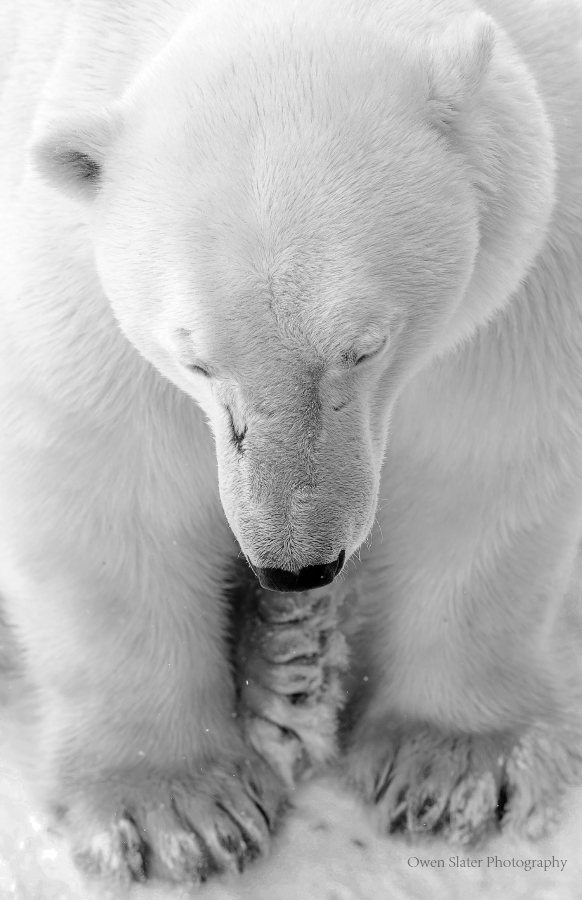



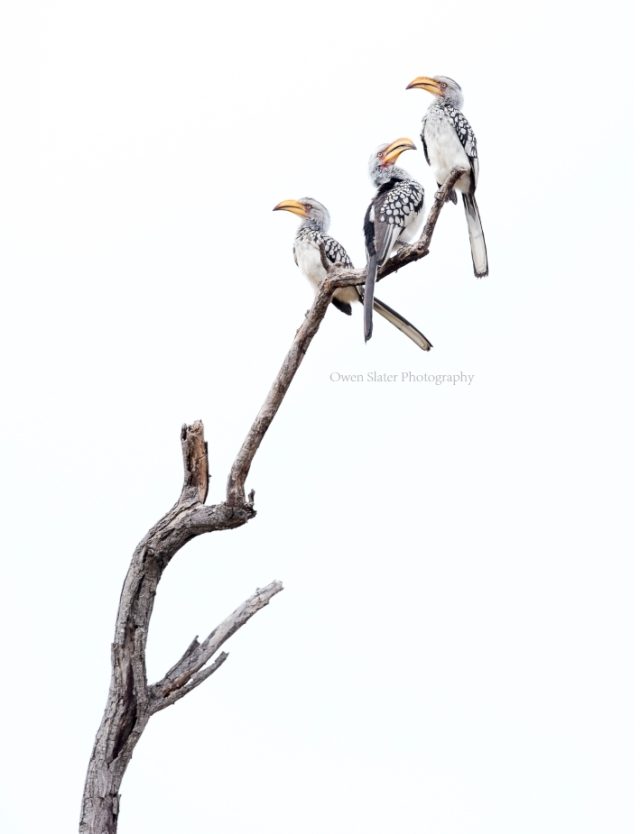



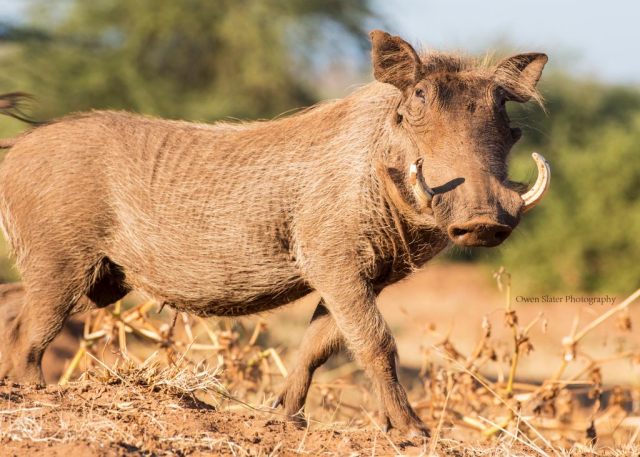

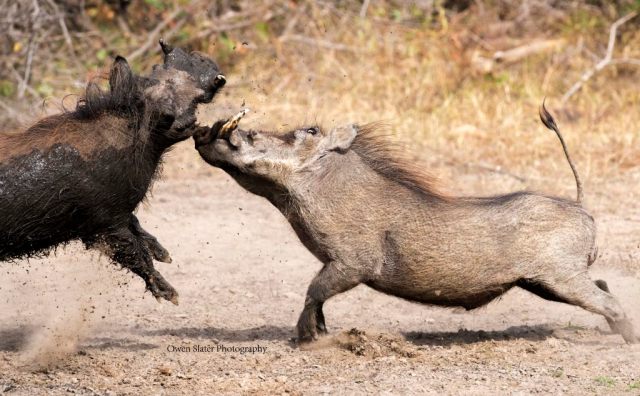 After chasing the younger male away, he walked over to the female while clattering his teeth and drooling for her attention. However, on this morning she was more interested in getting a drink than any of his advances. The male got the message and without missing a beat, he wandered off to try his luck with another female.
After chasing the younger male away, he walked over to the female while clattering his teeth and drooling for her attention. However, on this morning she was more interested in getting a drink than any of his advances. The male got the message and without missing a beat, he wandered off to try his luck with another female.
